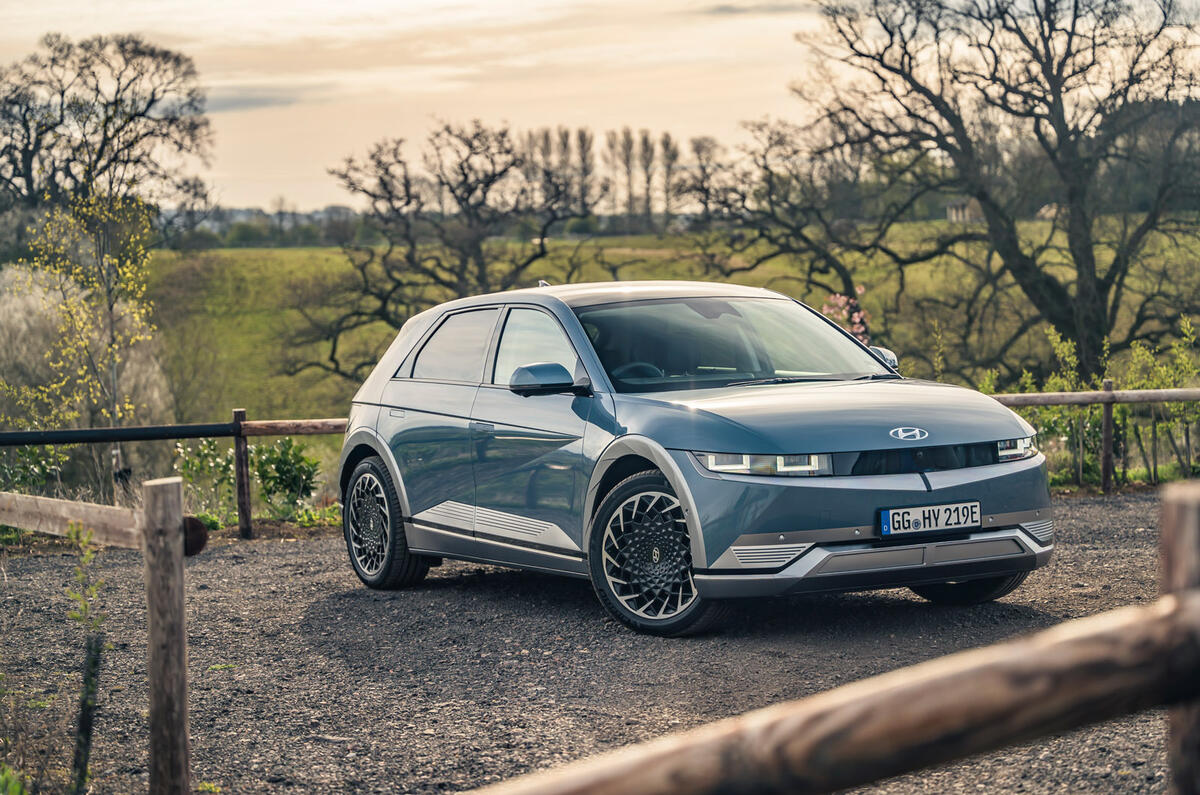Last week, I asked: “Has any marque, Tesla aside, had a better decade than Volvo?” Many wrote back saying, “What about Hyundai-Kia?”
I could wriggle, claiming the transformative Santa Fe was launched as long ago as 2000 and the European-developed i30 in 2007 or that the (UK-centric) breakthrough came in 2009 with the launch of the scrappage scheme, or that the Peter-Schreyer-designed Sportage that really took Kia mainstream arrived in 2010. But I’d probably be under-estimating what it has done in the 10 subsequent years.
To receive the latest industry news, please click here to sign up to the Autocar Business newsletter
The simple truth is that I can’t think of a car maker as relentless in its progress as Hyundai-Kia, the brands each now at a point where only minor inconsistencies across their ranges set them back a fraction from the likes of Volkswagen. Zoom in on the edges – its N performance brand, or Ioniq or EV ranges, for instance – and it may be world-leading.
Nor should we expect the rate of progress to let up now – not least because the suspicion must be that the company long ago identified this period of industry instability as its opportunity to shake up the established order, investing heavily in electric car leadership, taking a high-profile role in the development of hydrogen fuel cell technology and feverishly working on next-gen autonomous and connected car technology in Korea. Measured against many rivals, it’s a step ahead of the game and, as its investments in Boston Dynamics, makers of the scarily life-like human and animal robots you may have seen, suggest, it is prepared to invest to stay there whichever way the world turns.
To that end, the Hyundai Ioniq 5 and Kia EV6 may well be landmark cars. On one hand, they crystallise a journey into pin-perfect design and functionality cohesion that the otherwise brilliant Nexo and e-Niro didn’t deliver on. On the other, they continue to offer range and performance capability for prices that punch well below those put forward by rivals seemingly relying more on their badge kudos than achievements. The latter can play out for only so long before customers see through it.
Today, Hyundai-Kia is already the maker of the thinking person’s EV of choice. Tomorrow, it’s just as conceivable it will make cars that rule the heart as well as head, taking Hyundai at least on a shift in brand perception not achieved since Lexus or possibly even Audi laid down their modern-day roots in the premium market place. Kia, meanwhile, is set to have just as vibrant a place but in the mainstream. Success is breeding success – and it shows no signs of letting up yet.
READ MORE
Inside the industry: The brands we expect to thrive
New 2021 Kia EV6 on sale in May from £40,895
Hyundai and Kia invest £85 million in British EV start-up Arrival




Join the debate
Add your comment
Absolutely. The progress Hyundai and Kia have made really illustrates how far behind the European manufacturers all are with EVs, let alone the Japanese.
I guess they are the thinking person's EV manufacturers, if that person is thinking "there's no way I want a Tesla, for reasons I can't put my finger on other than perhaps price and hatchback availability"